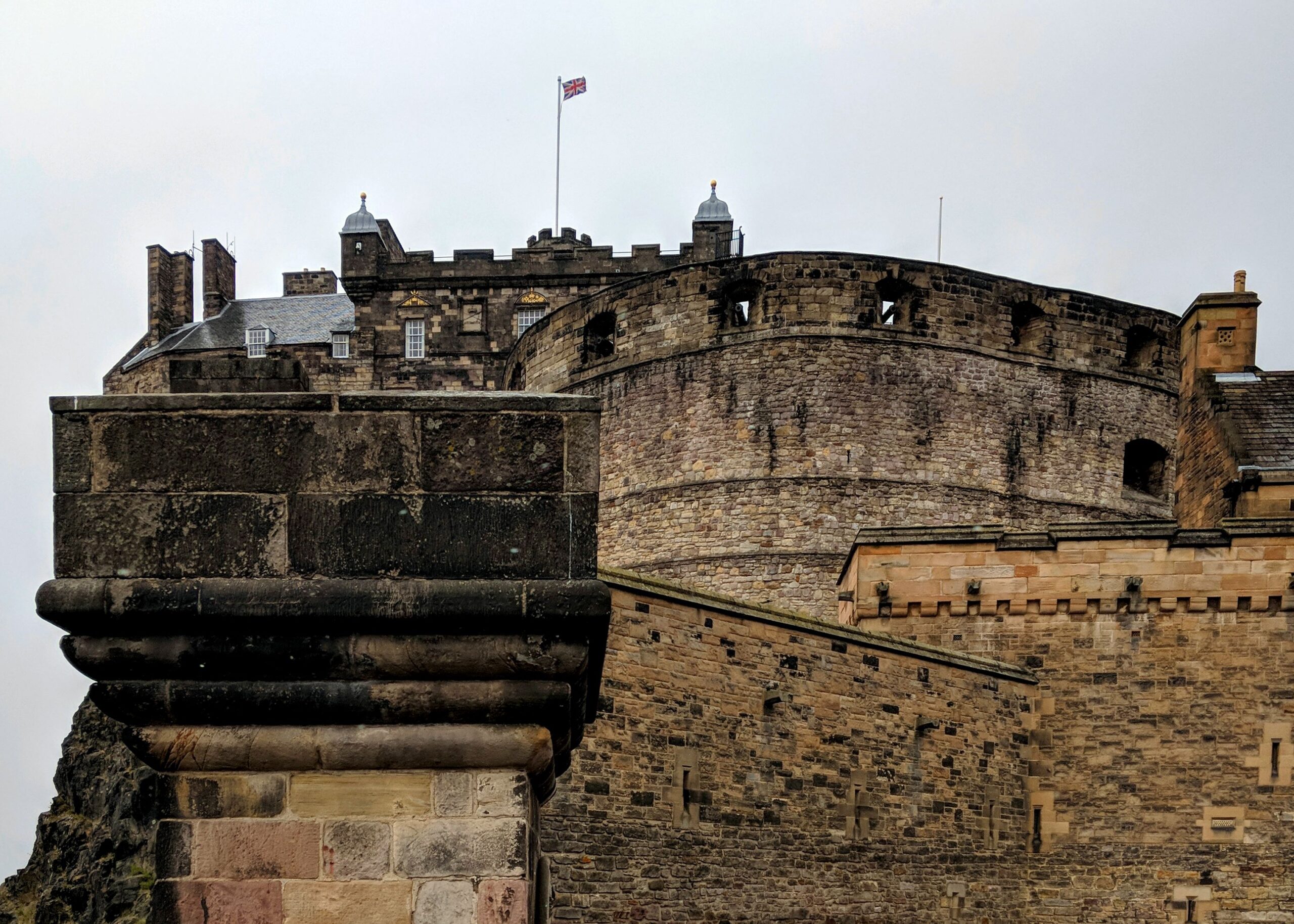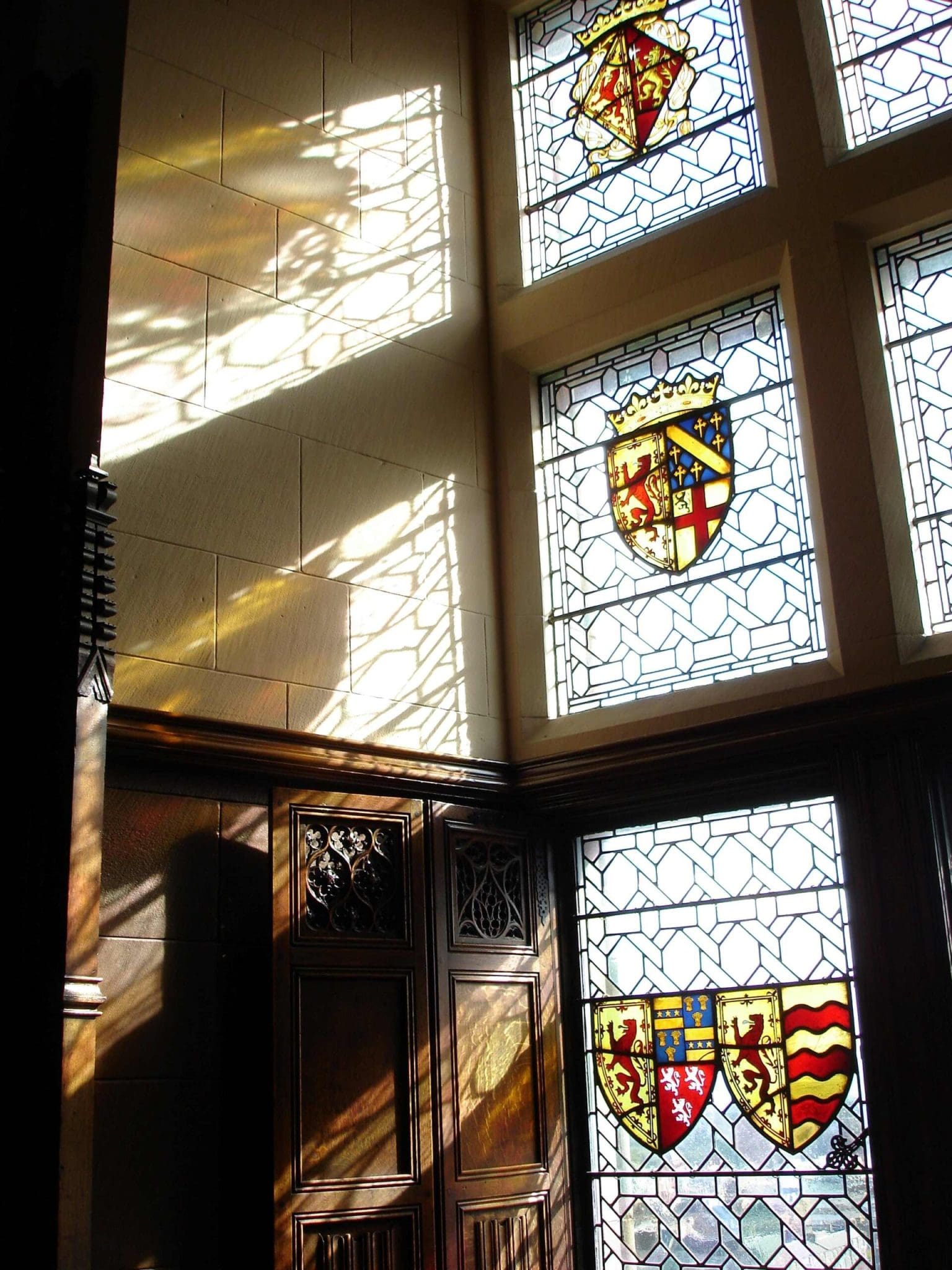Our website uses cookies to improve your experience. By continuing to browse the site, you are agreeing to our use of cookies as per our privacy policy.
A Class ACT
Edinburgh Castle
7 March 2025
|
Kyle Smith
Kyle Smith, Buyer at ACT, explains why Edinburgh Castle is a spectacular sight. We take a peek into Edinburgh Castle's fascinating history and construction with Kyle.

One of the oldest fortified sites in Europe, Edinburgh Castle is a historic fortress located in Scotland dating back to the twelfth century. It overlooks the city from a volcanic crag called Castle Rock which was formed over 340 million years ago and has been the setting of human activity for at least 3,000 years. The natural volcanic formations enhance the defensive qualities of the site and the protective castle walls dissolve into the exposed bedrock as if they are one entity.
Kyle explains the castle’s significance:
“Edinburgh Castle is an emblem of Scotland’s rich history and architectural innovation. Its strategic use of the natural landscape showcases the ingenuity of its builders.”
“I’m intrigued by the stories embedded in its walls, from the mysterious Stone of Destiny to the Honours of Scotland, which were hidden away and rediscovered after being forgotten about for over a century. The haunting legends, such as the ghostly bagpiper and drummer, add an element of mystery. The castle’s role in shaping Scottish identity, along with its breathtaking views of Edinburgh, make it a site of both historical and cultural significance. It is a living symbol of Scotland’s heritage.”Edinburgh Castle has witnessed key moments in history, including the births and deaths of Kings of Scotland and England, major wars of Scottish Independence, lengthy sieges and the Jacobite Risings. Long before becoming a national monument, the castle was a royal residence and treasury, a military base, a prison and a symbol of Scotland’s resilience and continual battles with the English. On display in the Crown Room are the Honours of Scotland (or the “Scottish Crown Jewels”), the oldest Crown jewels in Britain.
The castle is not one but a collection of buildings, each with its own tales to tell. Many structures have not survived the passage of time and have been devastated by invasions. The oldest remaining building on the castle grounds is St. Margaret’s Chapel, which was built between about 1130 and 1140 on the highest point of the rock. Most of the buildings that we see today were created in the fifteenth century when the Stuart Monarchy was in residence.
From 1619 onwards Edinburgh Castle was built using local Craigleith sandstone that had been formed in the Carboniferous period over 330 million years ago when Scotland lay at the equator. Recognised by its grey/brown coloured tones, it was famous for being a tough stone to quarry, cut and shape and was highly sought after due to its hard-wearing properties. It is no longer extracted as a material due to the closure of Craigleith Quarry in 1942.


The castle’s construction has evolved over centuries, reflecting changes in architectural styles and military needs. The early structures required skilled stonemasons to work with the rugged terrain, creating sturdy fortified walls and buildings.
The Great Hall, completed in 1511, features a striking medieval timber roof with large beams and intricately carved stonework. The castle’s development included the addition of key defensive structures like the Half Moon Battery, which houses nine cannons and incorporated the ruins of David’s Tower after it was destroyed during the Lang Siege of 1573. This blend of architectural elements required both artistry and strategic planning to create a fortress that could withstand attacks while also serving as a royal residence.
(Image: Stained glass window at the rear right of the Great Hall in Edinburgh Castle.)

“My interest in Edinburgh Castle is deeply rooted in my family heritage, as my mother’s side has lived in Scotland for over a thousand years. From a young age, the castle’s legendary status, along with tales of its sieges, Lore, Dragons and royal inhabitants, captured my imagination, prompting me to explore its history and significance further.
The rediscovery of the Crown Jewels by Sir Walter Scott in 1818, hidden behind two sealed doors and in a great oak chest, adds to its mystique. Edinburgh Castle is a national icon that continues to draw visitors with its blend of history, folklore and architectural splendour.”
Image credits:
K Mitch Hodge and Jörg Angeli via Unsplash
Great Hall image: James Eaton-Lee – self-made, CC BY-SA 3.0, https://en.wikipedia.org/w/index.php?curid=7066482
Half Moon Battery image: Enchufla Con Clave – Own work, CC BY-SA 4.0, https://commons.wikimedia.org/w/index.php?curid=73770943

